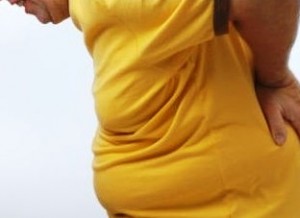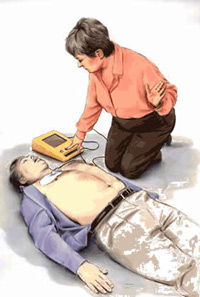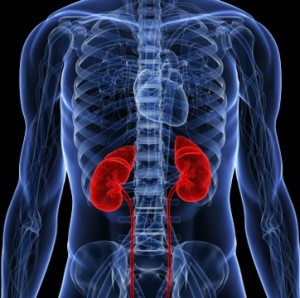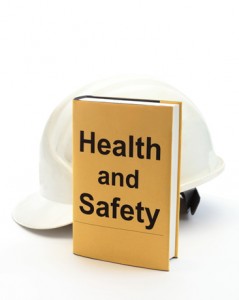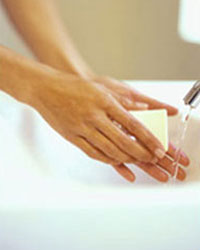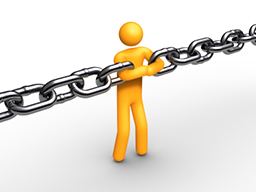 Most people associate the term Lean with the Toyota Production System. This combined management and production system helped a small company grow to world-class size and market share. As they did so, most of the auto manufacturers and other industries studied their methods and tools to learn how to improve their own organizations. What does this method of lean thinking have to do with employee health & safety? Here are a few examples:
Most people associate the term Lean with the Toyota Production System. This combined management and production system helped a small company grow to world-class size and market share. As they did so, most of the auto manufacturers and other industries studied their methods and tools to learn how to improve their own organizations. What does this method of lean thinking have to do with employee health & safety? Here are a few examples:
- Integrates employee safety health and well-being into the business
- Marries waste elimination (injury and illness) to making $$ in non traditional way
- Simple and easy for supervision and employees to think and apply lean tools –Hands on experiential learning
- Builds culture of critical thinking – It’s not “what” you do but “how” and “why”
You can trace the roots of Lean back many years but there are still many companies that have not fully implemented it. They are missing a huge opportunity to improve their business and even their long term survival.

